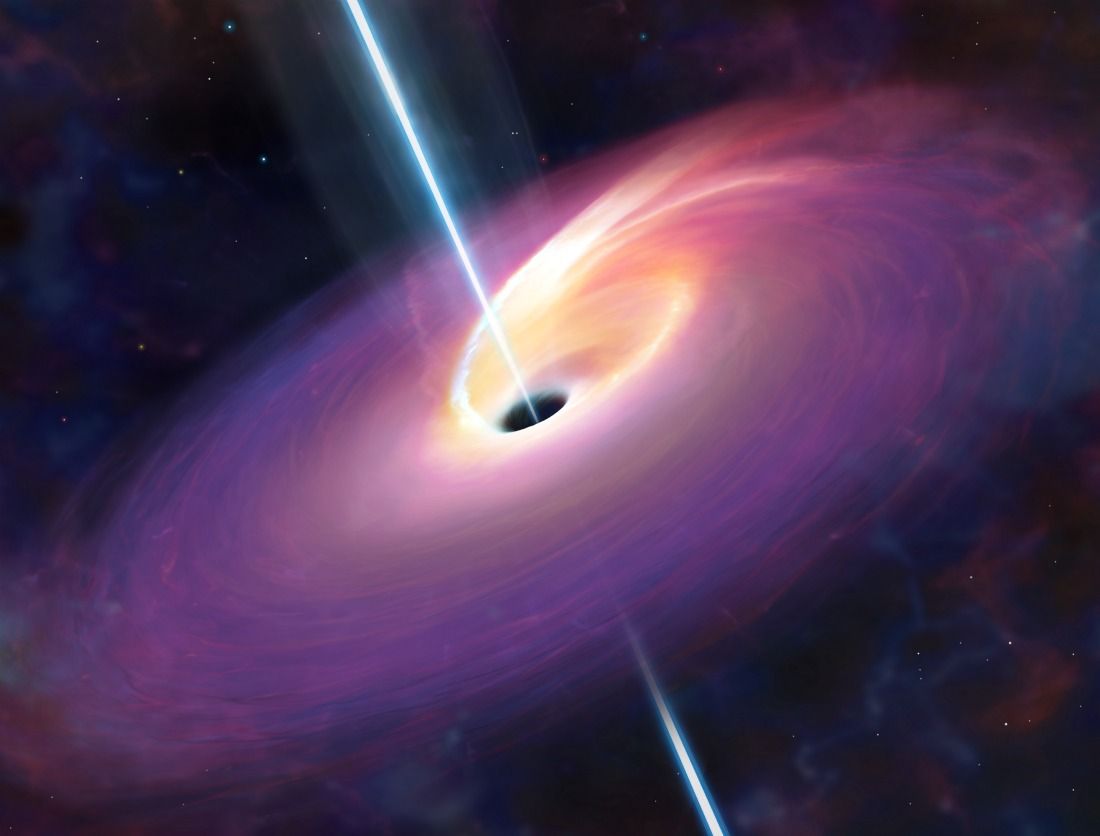

However, the origins of supermassive black holes like Sagittarius A*, which can range from millions to billions of times the mass of the Sun, remain unknown. These stellar-mass black holes can range from a couple to several dozen times the mass of the Sun. What remains, depending on the mass of the star, will either be a neutron star or a black hole. After depleting the last of its remaining nuclear fuel, the star’s uncontested gravity causes it to rapidly collapse before rebounding outward in an epic blast known as a supernova. The standard black hole, known as a stellar-mass black hole, forms when a massive star (greater than about 8 solar masses) reaches the end of its life. Further study of dwarf galaxies, which have remained small over cosmic time, may shed light on the question of how the first seeds of supermassive black holes formed and evolved over the history of the universe.

Astronomers have previously debated that a dwarf galaxy could have a black hole analogous to the supermassive black holes in larger galaxies. Hubble imaging and spectroscopy of the dwarf starburst galaxy Henize 2-10 clearly show a gas outflow stretching from the black hole to a bright star birth region like an umbilical cord, triggering the already dense cloud into forming clusters of stars. Detailed evidence from NASA s Hubble Space Telescope, however, shows a black hole in a new light: fostering, rather than suppressing, star formation. Black holes are often described as the monsters of the universe-tearing apart stars, consuming anything that comes too close, and holding light captive.

The IGTV episode can be pulled into Instagram Stories and the regular Instagram feed.

Vertical VersionThis vertical version of the episode is for IGTV or Snapchat. This is for use on any YouTube or non-YouTube platform where you want to display the video horizontally. “Unclaimed Space” by Peter Nickalls via Atmosphere Music Ltd. The background of panel 6 is a frame from an Illustris TNG simulation (Pillepich et al. Panels 1–5 show a “classical” slingshot scenario (e.g., Saslaw et al. Schematic illustration of the runaway SMBH scenario as an explanation of the key observed features. Image from paper “A candidate runaway supermassive black hole identified by shocks and star formation in its wake” by PI Pieter Von Dokkum et al. NASA’s Goddard Space Flight Center/Jeremy Schnittman It’s likely the result of a rare, bizarre game of galactic billiards among three massive black holes. The streamer is twice the diameter of our Milky Way galaxy. This potential supermassive black hole, weighing as much as 20 million Suns, has left behind a never-before-seen 200,000 light-year-long trail of newborn stars. But don’t worry, luckily this beast is very, very far away! There’s an invisible monster on the loose! It’s barreling through intergalactic space fast enough to travel from Earth to the Moon in 14 minutes.


 0 kommentar(er)
0 kommentar(er)
